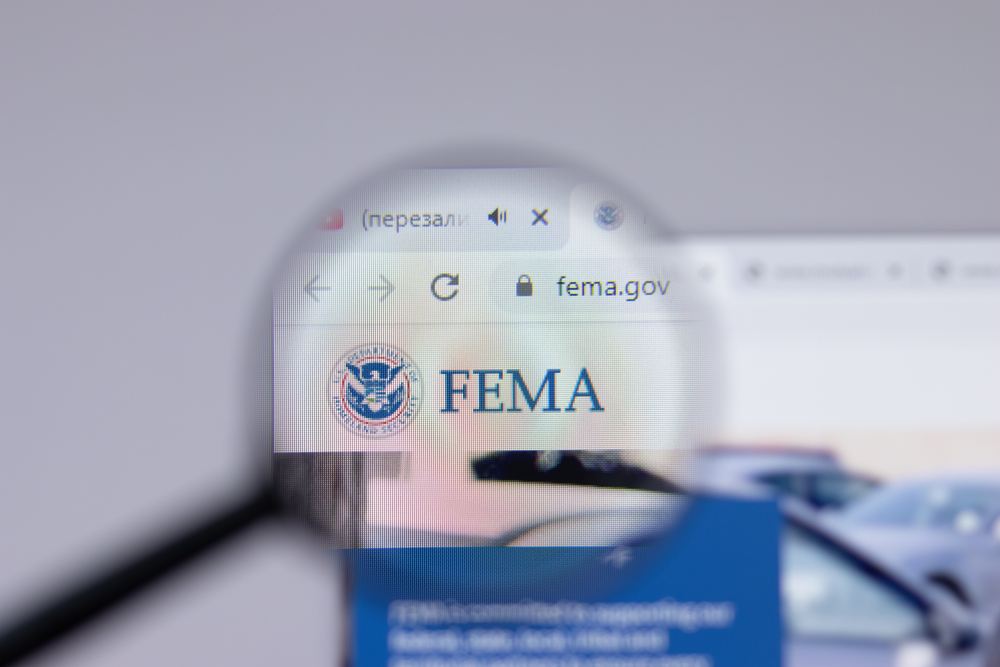On August 18, 2022, the Federal Emergency Management Agency (FEMA) released its “2022-2026 FEMA National Tribal Strategy.” The impetus for a National Tribal Strategy can be traced back to the enactment of the Recovery Improvement Act of 2013, which gave Tribes the ability to make direct requests for presidential emergency and disaster declarations. As a result, FEMA’s direct relationship with tribes grew significantly.
The inaugural National Tribal Strategy seeks to address FEMA’s duties to tribal nations when preparing for and responding to disasters impacting tribal lands. In developing this strategy, FEMA conducted 14 virtual feedback sessions with tribal nations from all ten FEMA regions to help identify the most pressing and critical matters facing tribes regarding emergency preparedness and disaster response.
The 2022-2026 FEMA National Tribal Strategy can be found here.
Specifically, the National Tribal Strategy outlines three overall National Tribal Strategy goals and objectives to guide FEMA in better addressing its responsibilities to tribes.
Goal 1: Instill Equity as a Foundation of Emergency Management.
FEMA’s first goal is to instill equity as a foundation of emergency management by developing tribal-specific technical assistance resources, conducting routine meetings of regional tribal liaisons, connecting tribal and FEMA leadership, and supporting equitable opportunities for tribes to access FEMA programs and resources.
Goal 2: Lead the Whole Community in Climate Resilience.
FEMA’s second stated goal is to lead the whole community in climate resilience. FEMA seeks to accomplish this goal by building tribal capacities and capabilities to improve readiness and resilience, offering training for the FEMA workforce on the unique status of tribal nations, and offering training opportunities to tribal nations.
Goal 3: Promote and Sustain a Ready FEMA and Prepared Nation.
The third goal identified by FEMA is to promote and sustain a ready FEMA and prepared nations. FEMA seeks to accomplish this goal by increasing FEMA cultural competency, enhancing federal incident support capability, seeking agency-wide input on working with tribal nations, and improving tribal awareness of federal resource availability.
FEMA states that the inaugural National Tribal Strategy will foster stronger collaboration and information sharing with Tribes and initiate a national effort to improve services provided to Tribes by FEMA.
Patterson Earnhart Real Bird & Wilson LLP represents American Indian tribes, tribal entities, and individual Indians across the United States. Our mission is to support and advance the sovereignty, self-sufficiency, and self-governance of our tribal clients. To learn more about how we can assist your Tribe, contact our Colorado office at (303) 926-5292.

